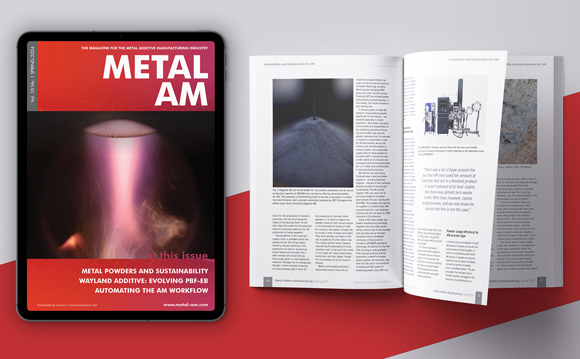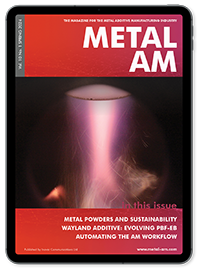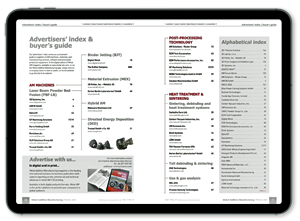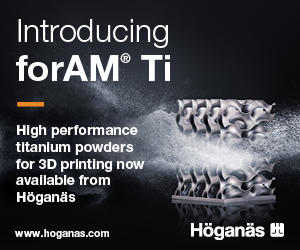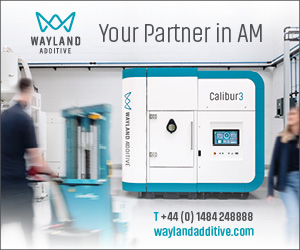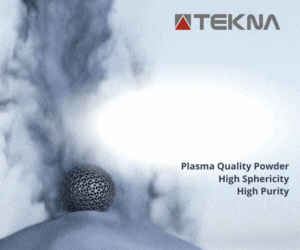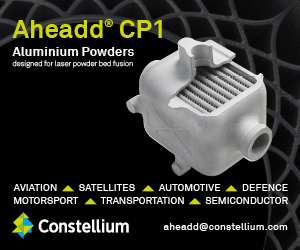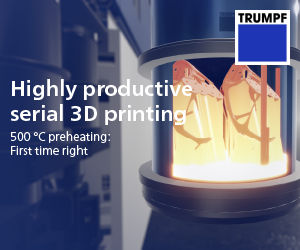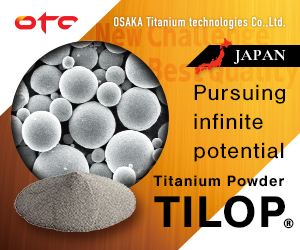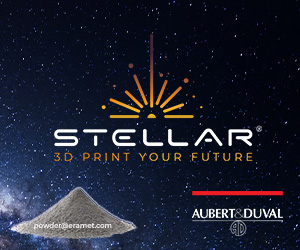SLM-XL 3D project aims to drive the adoption of L-PBF for large-scale metal AM parts
May 28, 2019

Prototype of the large-scale L-PBF system (Courtesy SLM-XL 3D project consortium)
SLM-XL 3D, a project consortium led by equipment manufacturer Adira Metal Forming Solutions, Vila Nova de Gaia, Portugal, with the collaboration of research organisations Instituto Superior Técnico, Lisbon, Portugal; Universidade Nova de Lisboa, Lisbon, Portugal; and end-user Manuel Da Conceição Graça, Lda, Lisbon, Portugal, is seeking to drive the adoption of Laser Powder Bed Fusion (L-PBF), referred to by the project as Selective Laser Melting (SLM), for large-scale metal additively manufactured parts.
According to the consortium, the utilisation of Laser Powder Bed Fusion (L-PBF) technology has so far been confined to the production of small parts with up to 99.9% relative density, with clear economic benefits, yet the difficulty of increasing the size of parts produced by L-PBF while maintaining their mechanical and other properties have prevented its utilisation for large scale part production. The SLM-XL project consortium hopes to address this challenge.
The project involves the production of 316L stainless steel structures with a prototype large-scale L-PBF machine developed by Adira, and the project’s outcomes are expected to include a methodology for the selection of parameters to fabricate large metal parts in stainless steel 316L, as well as contributing to the development of the final prototype machine. According to the consortium, the production of large -scale parts by L-PBF could provide a fast and efficient way to create low-volume parts of any length and height, allowing flexibility in design and overcoming disadvantages of traditional manufacturing technologies. Especially in the case of prototyping, Additive Manufacturing enhances the flexibility of manufacturers in design iterations.
The challenges met by the project consortium have reportedly been due to the microstructure and mechanical properties of additively manufactured parts. For large-scale L-PBF machine, changes in microstructure and mechanical properties due to build orientation are more pronounced compared to L-PBF machines with lower build volumes.
However, the consortium states that there is a market demand for this type of machine and as such, several manufacturers are commercialising equipment with increased build envelopes. The machine used to produce the samples for the SLM-XL project has been displayed at several industry exhibitions and has gained market recognition as well as being awarded the Product Innovation category by COTEC-ANI in 2017 for its TLM (Tiled Laser Melting) Additive Manufacturing process technology.
The project consortium reports that it is currently focused on the influence of an enlarged build envelope on the porosity and mechanical properties of 316L stainless steel samples. It states that there is a significant lack of knowledge and understanding about the correlations between process parameters and mechanical properties for high-power L-PBF systems with increased build rates. As a result of increased laser powers of up to 1 kW, solidification conditions are altered, significantly affecting the microstructure of components in terms of size of dendrites and grains.
Consequently, the SLM-XL project is focusing on the investigation and correlation of process parameters (e.g. laser power, scan speed, layer orientation, hatch distance, vector length), and on the density (Archimedes, imaging technique), microstructure (scanning electron microscopy) and resultant mechanical properties (hardness, tensile and compression tests) of samples with different geometrical characteristics produced in different areas of the powder bed.
The results have so far concluded that, to assure 99+% density across the build envelope of a system with 1 m3 of build volume, the user must adjust parameters as the outer zones of the build chamber are reached. The project has proposed a methodology to perform this adjustment.



